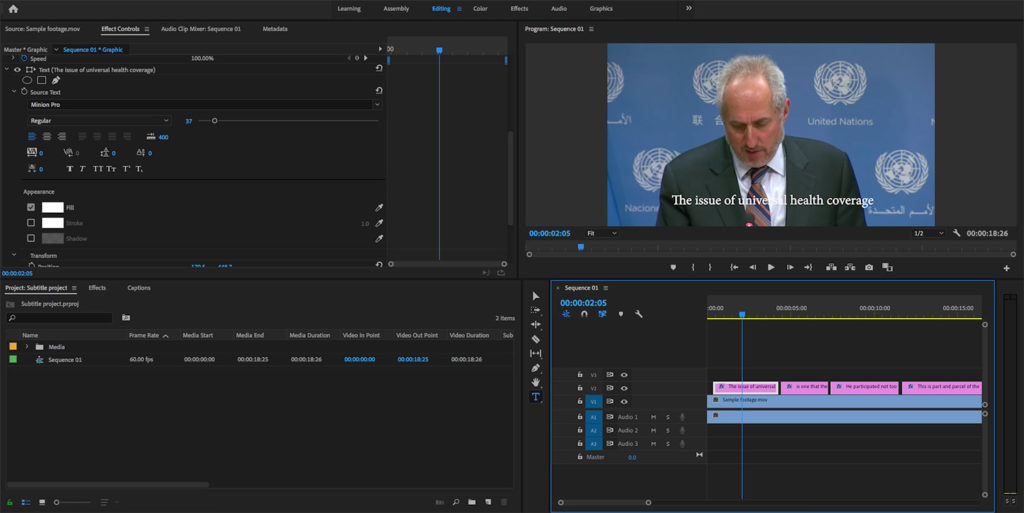
- Embedding a video in screensteps how to#
- Embedding a video in screensteps code#
- Embedding a video in screensteps password#
Embedding a video in screensteps how to#

Tip: Remove the check mark next to 'Show suggested videos when the video finishes' In the text box, click Source.
Embedding a video in screensteps code#
This is ideal if you don't want your internal Sales team to see documentation meant for the marketing team. Position your cursor where you would like the video embedded, then paste the YouTube embed code (CTRL-V - PC or COMMAND-V - MAC). Copy the YouTube embed code to your computer's clipboard (CTRL-C for PC or COMMAND-C for MAC). You can also restrict the viewing permissions for individual articles. This is ideal for knowledge management systems for employees or when you don't want competitors to view your customer documentation.
Embedding a video in screensteps password#
username and password or using Single Sign-on) can view your knowledge management system. You also have the choice to lock your site down so that only users who have login credentials (e.g. This is a great option if you are creating a knowledge management system for customers, students, or volunteers and do not care who can see the content. You can re-name your sections to make it easier to differentiate between them (for example, make them "Composition I - Monday" and "Composition I - Tuesday").ScreenSteps allows you to create a site that is publicly available and does not require users to log in to view documentation. Embedded ScreenSteps guide within Canvas page. I cross-listed two sections of ENGL-1301, but they both just say "Composition I" in my Gradebook, roster, and other places. If you visit a page in your Canvas course with an embedded iFrame that is linked to non-secure content. However, it is not recommended (with the exception of CE/Academic semester pairing). Technically, Canvas will allow you to do this. Can I cross-list sections that are being taught in different semesters?Ī. De-cross-listing will restore enrollments AND all submissions/participations/etc. Contact the top-level Canvas administrators listed above. I accidentally cross-listed a course in progress and I lost all the work the students did in the original shell! How do I fix this?Ī. You can even embed forms and videos from 3rd-party services. Besides text and screenshots, you can insert checklists, foldable sections, pop-up links, table of contents, and styled text blocks. Cross-listing during the term will seriously mess up student data and analytics, and is not recommended. Make your content intuitive to follow by formatting it so it can be ready and understood quickly. You should only make cross-listing changes during the semester if students have not submitted any work or participation (in Discussions, etc.).

Can I cross-list/re-cross-list/de-cross-list sections after the semester has started?Ī. Only top-level Canvas administrators can de-cross-list. If I need to have a section de-cross-listed (moved back to the original shell) who can I contact?Ī. You can also contact Canvas Support at 21 (option 2). Create an Item in Blackboard In the content area of the Blackboard course where you want the video embedded, hover over Build Content and click on Item. First, contact your college Instructional Innovation Center. Click Embed and copy the code in the box that appears. If I have difficulties with the cross-listing process, who can I contact?Ī. This process cannot be completed by the instructor, and must be done by an Account Administrator. Re-cross-list - After cross-listing a section, if you decide to move it to another course, you can use the re-cross-listing process to move it again.ĭe-cross-list - De-cross-listing is the process of moving the section back into the original shell. This is where you initiate the cross-listing process. Parent shell - The course shell that you intend to use as the source of course content the shell that you will be moving sections INTO.Ĭhild shell - The course shell that contains the section to be moved the shell that you will be moving a section OUT OF. A course shell is where content is created, and where student participations/submissions are housed.Įnrollment - Enrollments in Canvas include all students registered for the class AND the assigned teacher(s).Ĭross-list - Cross-listing allows you to move section enrollments from individual course shells and combine them into one course. We also use the term course shell to refer to the unique instance of a course. All course sections view the same course content.Ĭourse - Courses are units of instruction in one subject that typically last one term. Sections contain nothing but enrollments.

Section - Sections are divisions of students within a course.


 0 kommentar(er)
0 kommentar(er)
